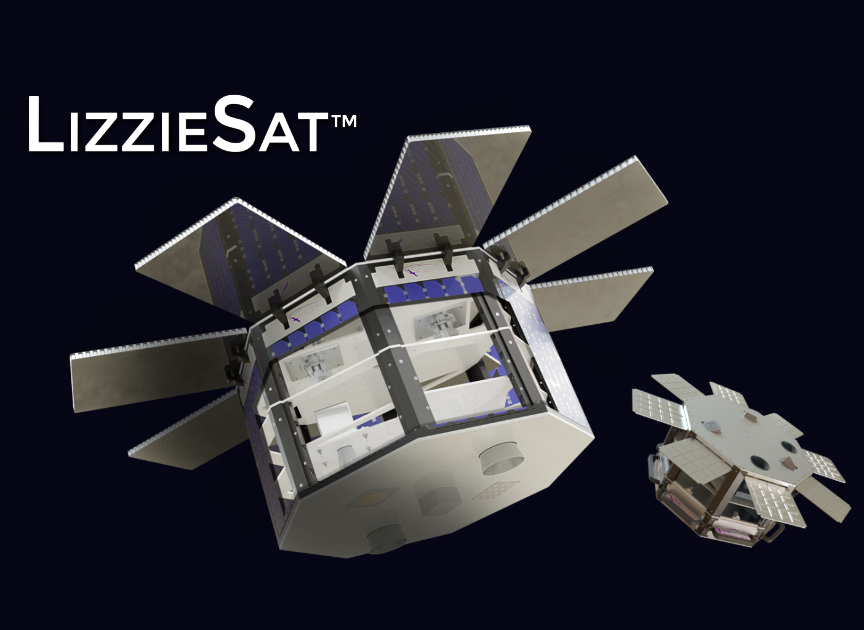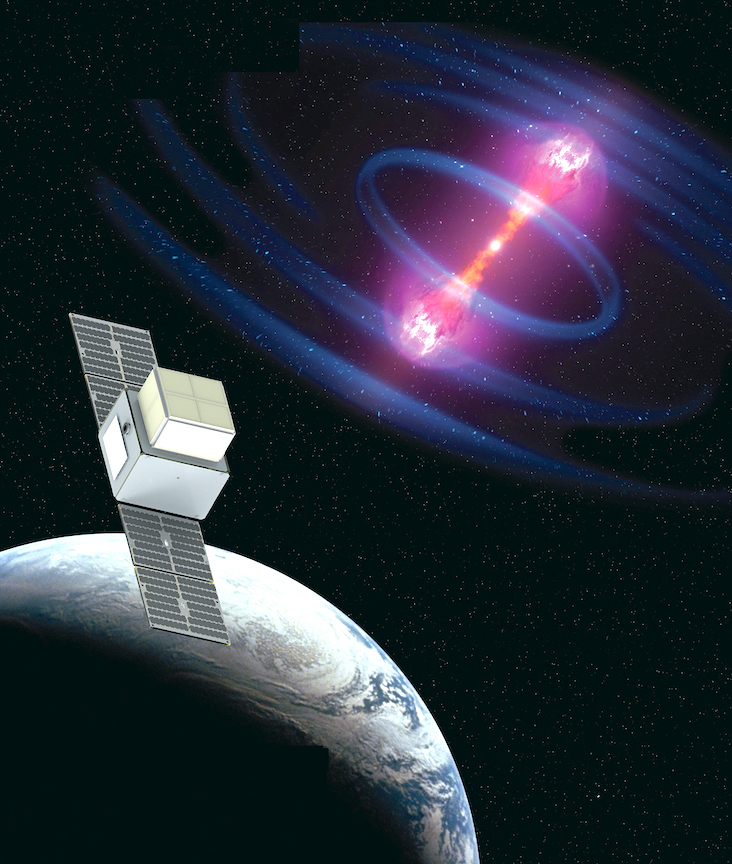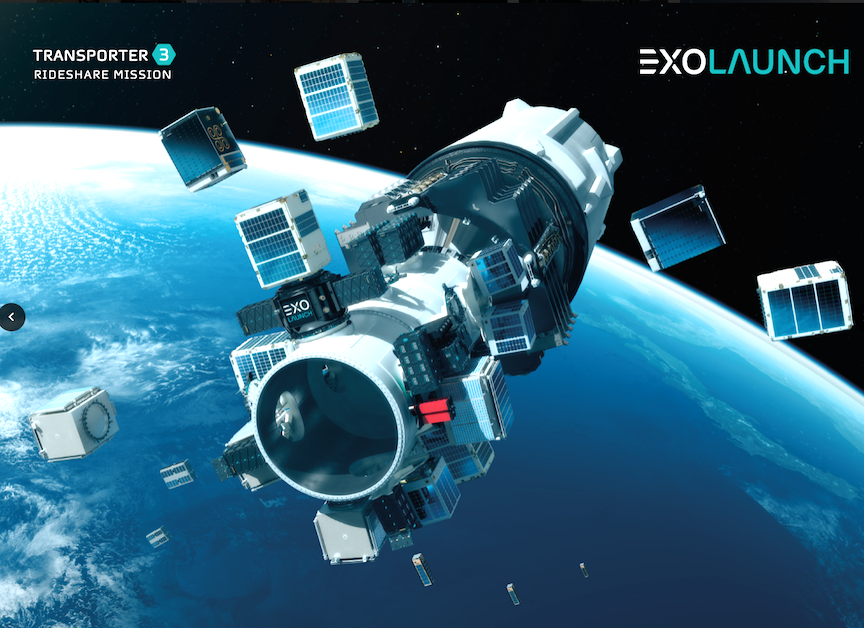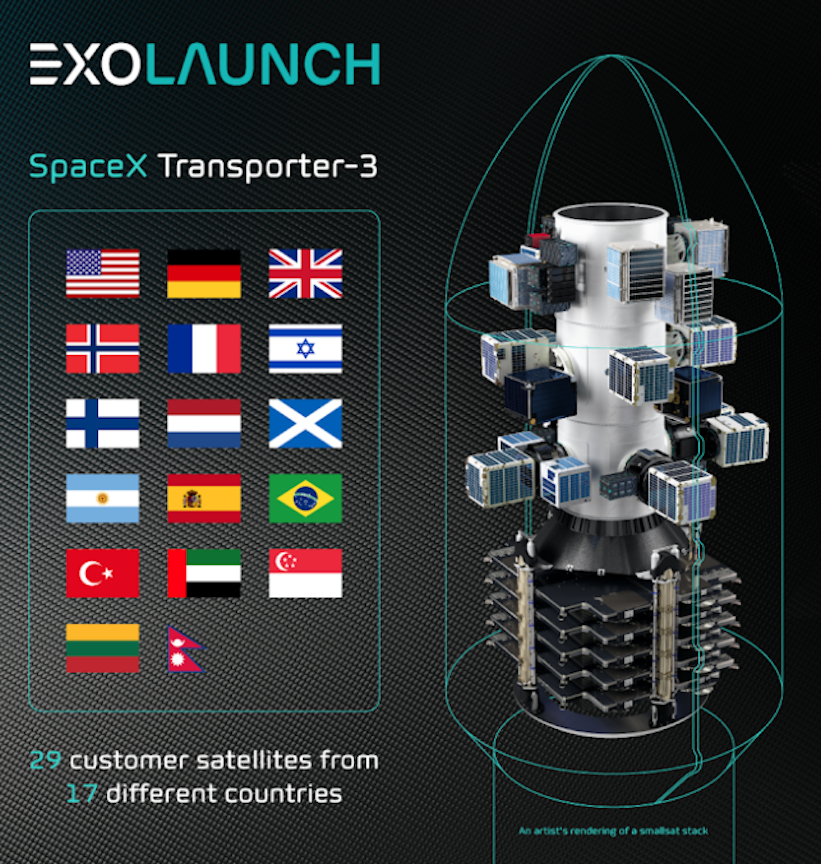
The Sultanate of Oman and the US-based launch company Virgin Orbit; Polish Small Satellite manufacturer and operator SatRevolution; Poland-originated AI data analytics specialists TUATARA; and Omani-based emerging technology innovator ETCO, have together signed a Memorandum of Understanding for collaboration on Oman’s first mission to deep space. The same agreement also lays the foundation for the consortium to collaborate on delivering additional small satellites to Low Earth Orbit, including the first in Oman’s history.
As part of the historic deep space mission, the group plans to launch a satellite designed by SatRevolution aboard a Virgin Orbit rocket, sending it to deep space with the mission of conducting cutting-edge scientific research and capturing high-resolution imagery. All collected data and images, both from the Low Earth Orbit and deep space missions, will be further analyzed digitally using computer vision, machine learning, and AI solutions developed by TUATARA in strategic partnership with ETCO. This mission will collect valuable data regarding the hidden patterns that underlie climate change, and the aftereffects of natural disasters. In addition, it could provide scientists with essential information needed to understand what occurs on the surface of Earth’s neighbors.
The final mission parameters and scientific objectives will be determined in a study conducted by the parties to the mission, and thereafter the parties expect to sign a definitive binding agreement to conduct the mission. The mission is the follow-on to the Memorandum of Understanding signed during International Astronautical Congress held in October 2021 in Dubai, which established the cooperation of the Parties to design, manufacture and launch the first Omani satellite, manufactured by SatRevolution and onboard Virgin Orbit’s LauncherOne, on the first ever launch from the United Kingdom out of Spaceport Cornwall in 2022. The launch from Cornwall and subsequent missions to deep space will be enabled through Virgin Orbit’s versatile air launched system. The Cornwall mission providing the first Oman Satellite in Space sets the foundation for allowing previously non-space faring nations the ability to launch satellites from their own soil, which is a key element of the Oman strategy for Space.
As an emerging space-faring nation with plans to launch small satellites into Low Earth Orbit and foster a local, sustainable space ecosystem and industrial base, the Sultanate of Oman further plans on expanding its ambitious space endeavors and engaging the Omani public and students through STEM activities.
Both missions are in line with the Royal Directives of His Majesty Sultan Qaboos bin Said and will directly correspond with the “Oman Vision 2040”, being part of a broader educational outreach initiative with the goal of stimulating long-term growth in the sector. The activities specified in the Agreements are intended to generate and seize opportunities to foster economic competitiveness and social well-being, stimulate growth, and build confidence in economic, social, and developmental relations nationwide.
“Only a few nations have been bold enough to venture into deep space, but with Oman’s strong vision supported by cutting edge launch and spacecraft technology another spacefaring nation is about to join those ranks,” said Virgin Orbit’s CEO Dan Hart. “We are proud to have been entrusted by the Sultanate of Oman as their exclusive launch partner in helping to fulfill the goals of bringing sustainable space solutions to Oman. Beginning with the launch of the first Omani satellites out of the first UK launch this year, the progression has been set for a myriad of space missions to expand technology, science and exploration.”
“Both projects will contribute to the near-term goals of the Sultanate of Oman which include the modernization of the educational ecosystem, growth in the support of scientific research and innovation, enhancement of the in-house development of cutting-edge technologies, which will shape the world in the twenty-first century.” SatRevolution’s CEO Grzegorz Zwolinski said
“The future of the Sultanate of Oman is one of innovation, and it’s through partnerships with pioneering organizations like Virgin Orbit that we will make active contributions to those sectors and technologies that are driving progress on a global scale,” Tariq Al Belushi, ETCO Vice President said. “This partnership is a major step in helping us to enrich the Sultanate’s Space industry with the latest technologies and know-how, while adding overall economic value according to Oman’s 2040 Vision.”
“Our mission is to deliver enchanting experiences in the digital space and we are thrilled we were invited to help translate outer space data into digital. We believe that the Oman project will not only be providing vital scientific data and boosting the growth of STEM industry in the Sultanate but will also inspire the world in the further democratization of the space research.” TUATARA’s Chief Innovation Officer Krzysztof Goworek concluded.
In recognition of great importance of the Agreement to the Sultanate of Oman, his excellency Dr. Ali Al Shidani – Undersecretary for Communications and Information Technology at the Ministry of Transport, Communications and Information Technology, Sultanate of Oman witnessed the signing of this MOU by the Parties at a signing ceremony in Muscat.



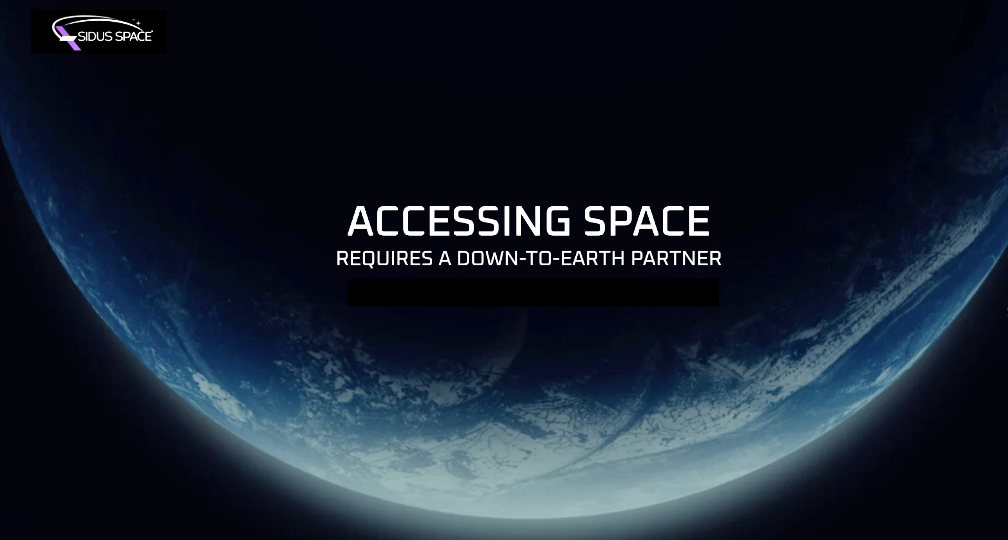
 constellation of 100 smallsats.
constellation of 100 smallsats.
